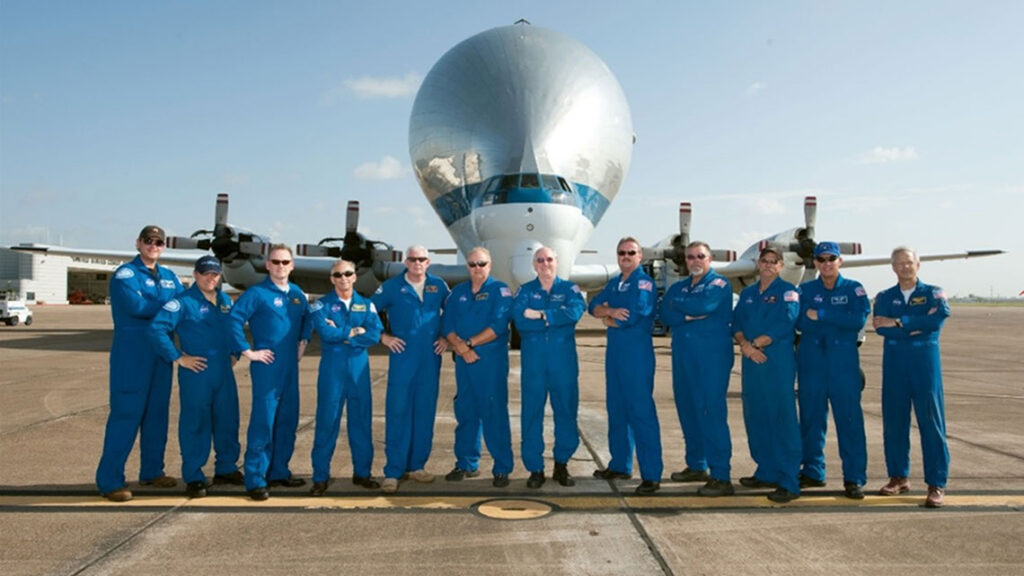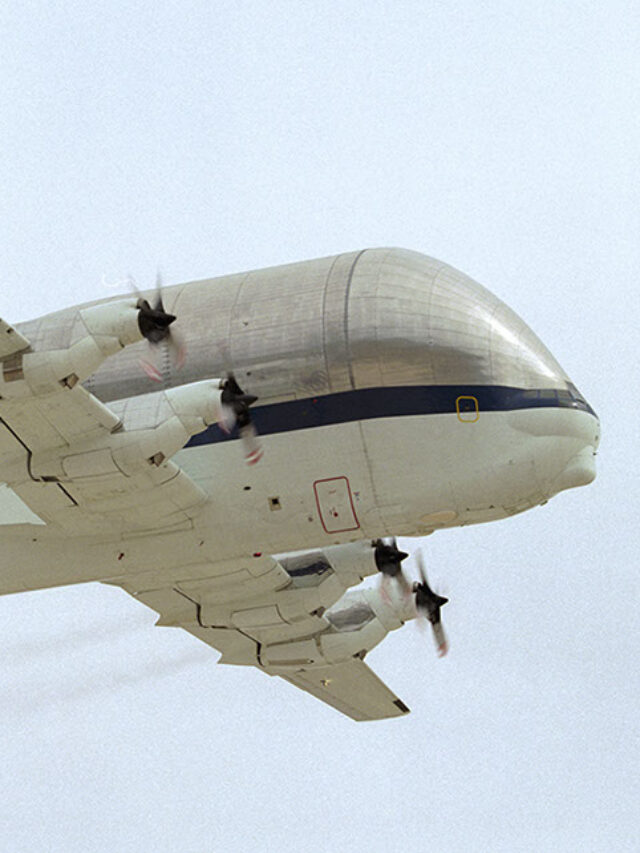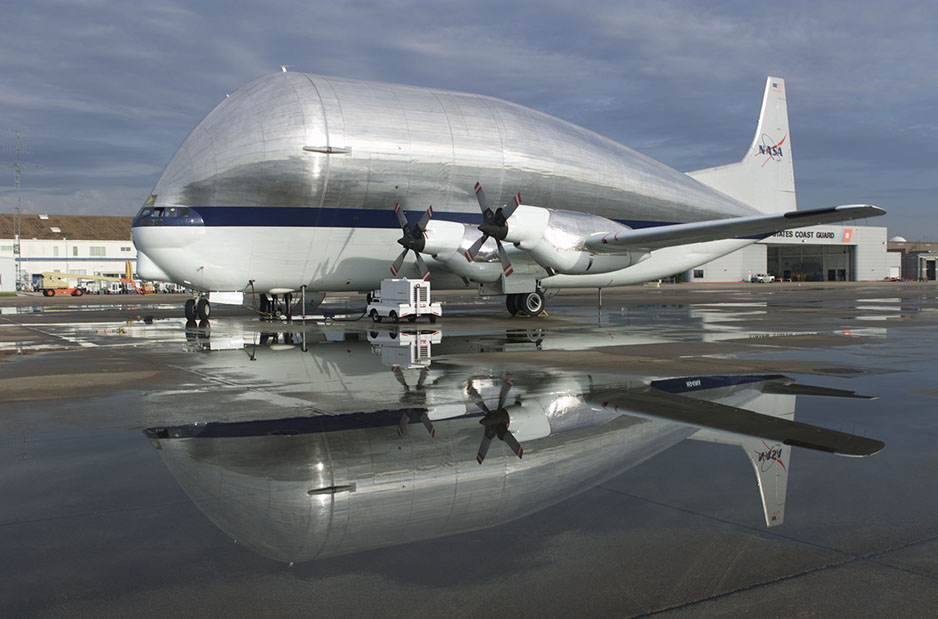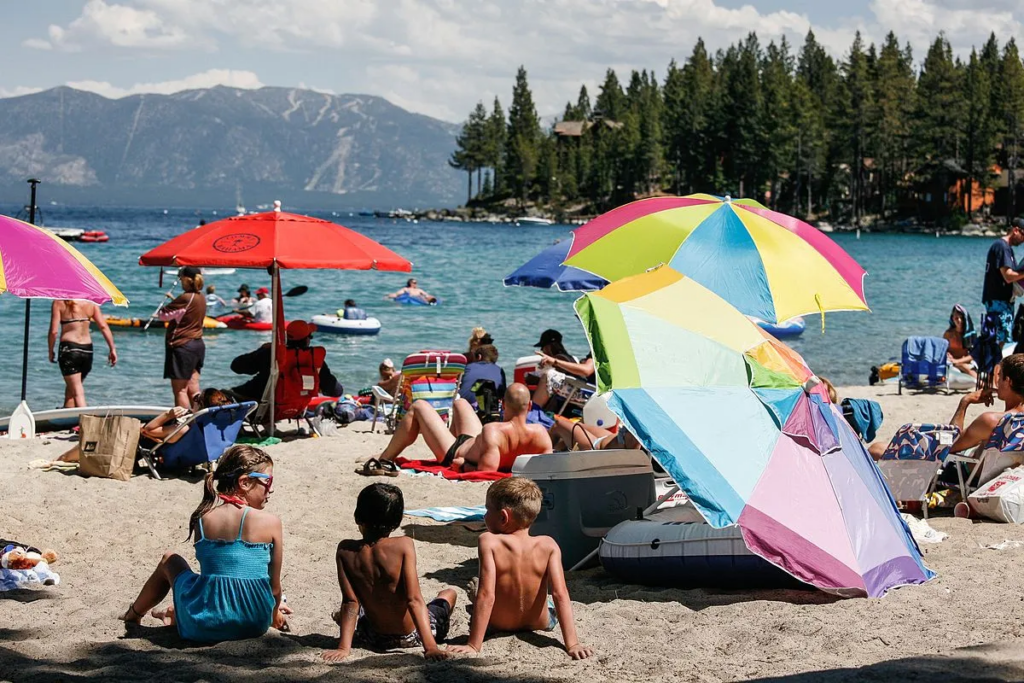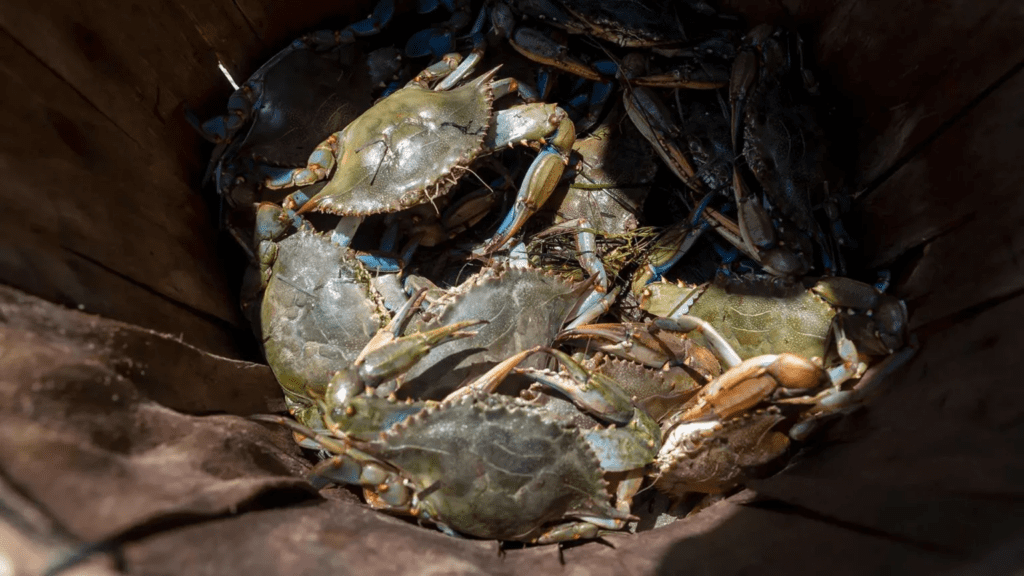The Aero Spacelines Super Guppy, an endearing yet crucial piece of aviation history, first took to the skies in 1965. The Super Guppy, which appears more like a cartoon superhero than an aircraft, replaced its predecessor, the Pregnant Guppy, in 1962.
There have been multiple Super Guppy aircraft produced since its inaugural flight, with only one remaining in active service today. The Super Guppy’s primary role is to transport cargo for rocket launches, contributing to several significant space programs like Skylab, Gemini, Apollo, and various International Space Station (ISS) missions.
Despite its clunky appearance and slow speed, the Super Guppy excels in its specific role, carrying oversized cargo under low-pressure conditions. Notwithstanding technological advancements, NASA has no immediate plans to replace this long-serving aircraft .Super Guppy, one of the oldest aircraft styles still in service, has been constantly updated over the years.
For enthusiasts wishing to see a Super Guppy in person, an out-of-service model is on display at the Pima Air and Space Museum in Tucson, Arizona. Over 10,000 planes are set to grace the EAA’s AirVenture event this week, with the unique Super Guppy among the featured attractions. Visitors are drawn to the Super Guppy’s uniqueness, as it remains the only one of its kind in the world.
The plane’s massive cargo area, measuring 25 feet in diameter and 111 feet long, allows it to carry loads virtually impossible for other cargo aircraft. The Super Guppy was conceived to transport large, oversized space hardware from manufacturing facilities to the launch pad, effectively accelerating the U.S.’s progress in the space race.
The Pregnant Guppy, the Super Guppy’s predecessor, was built to expedite the transport of rocket components from California to Florida, cutting travel time from two to three weeks down to two to three days. The Super Guppy Turbine on display in Oshkosh was built in 1982 and features a unique hinged nose that opens 110 degrees for cargo loading.
Similar Posr
Despite its ungainly appearance, the Super Guppy provides a unique and special flying experience, making its pilots feel connected to larger space exploration missions.
The Super Guppy continues to play an integral role in NASA’s space programs, moving various space parts around the U.S. in support of the nation’s renewed lunar ambitions. Currently, the Super Guppy completes approximately six to eight missions per year, highlighting its continued importance in human space exploration.
The Super Guppy will form a majestic backdrop for a nighttime fireworks display during the EAA’s AirVenture event. In the early days of the space race, the Super Guppy significantly reduced the transportation time for large rocket parts, eliminating the need for arduous maritime transportation.
The original Pregnant Guppy, having the greatest cargo capacity of any aircraft ever built, could transport Saturn V rocket parts across the U.S. in just 18 hours. Despite its size and unusual shape, the Super Guppy remains fully functional under the command of two pilots and a flight engineer.
Its unique hinged nose can open 110 degrees, allowing for the loading and unloading of oversized cargo. Given the significant surface area of the nose, special care is taken to position the plane in a way that it doesn’t open into the wind.
Opening and closing the Super Guppy’s nose is a meticulous process that can take between 30 to 40 minutes and involves thorough checklists to ensure safety. Flying the Super Guppy requires patience due to the time delay between control input and actual aircraft movement.
The Super Guppy, with its unique capabilities, continues to play a crucial role in the advancement of human space exploration. Despite its age, the Super Guppy remains a marvel of engineering and a testament to human ingenuity, a star attraction at the EAA AirVenture 2023 event.

